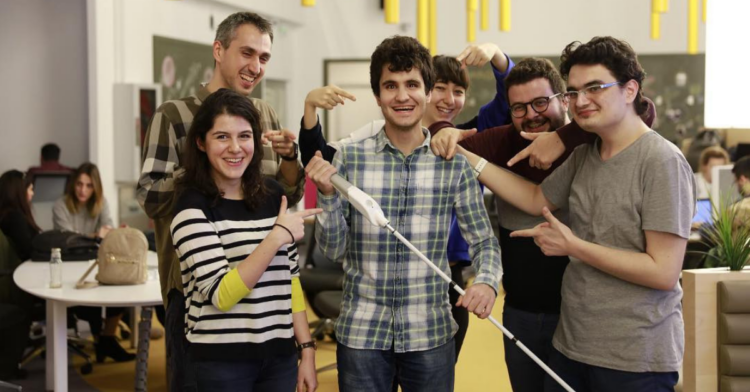In many cases, the facets if modern life that surround us were designed to work with the designer’s image in mind. If an architect doesn’t have any trouble climbing stairs or reading signs, their default ideas will probably feature both whether they realize it or not.
This was especially true in the years before any consideration was given to those living with disabilities through designs like wheelchair ramps and signs with sections written in Braille. Yet, while it may be easier for more citizens to get around than it was in, say, the 1950s, that doesn’t necessarily mean it’s easy.
In one case, however, that old principle of implicitly designing things in your image could actually make the world more accessible.
Kursat Ceylan (not pictured) was inspired by his own experiences after being born blind when he founded the Turkish-based company WeWalk.

As he told CNN Business, “As a blind person, when I am at the Metro station I don’t know which is my exit … I don’t know which bus is approaching, which stores are around me.”
He also found it strange that in a world where flying cars seem like a strong possibility, blind people still find themselves relying on “plain sticks” to navigate their surroundings.
And so, he and other engineers from Turkey’s Young Guru Academy came up with a high-tech solution.

According to WeWalk’s website , one of the firm’s “smart cane” features uses an ultrasonic sensor to detect objects above chest height and vibrate as the user approaches those objects.
The cane also has a mobile app that connects it to the user’s phone via Bluetooth.

This allows the user to make use of their phone’s apps using the touchpad on the cane rather than having to juggle it with their phone.
Through this connection, users can access Google Maps and its voice assistant through the smart cane.

With these features combined, the cane aims to make navigation easier.
It is now available for purchase on WeWalk’s website for about $500.
h/t: WeWalk

















































